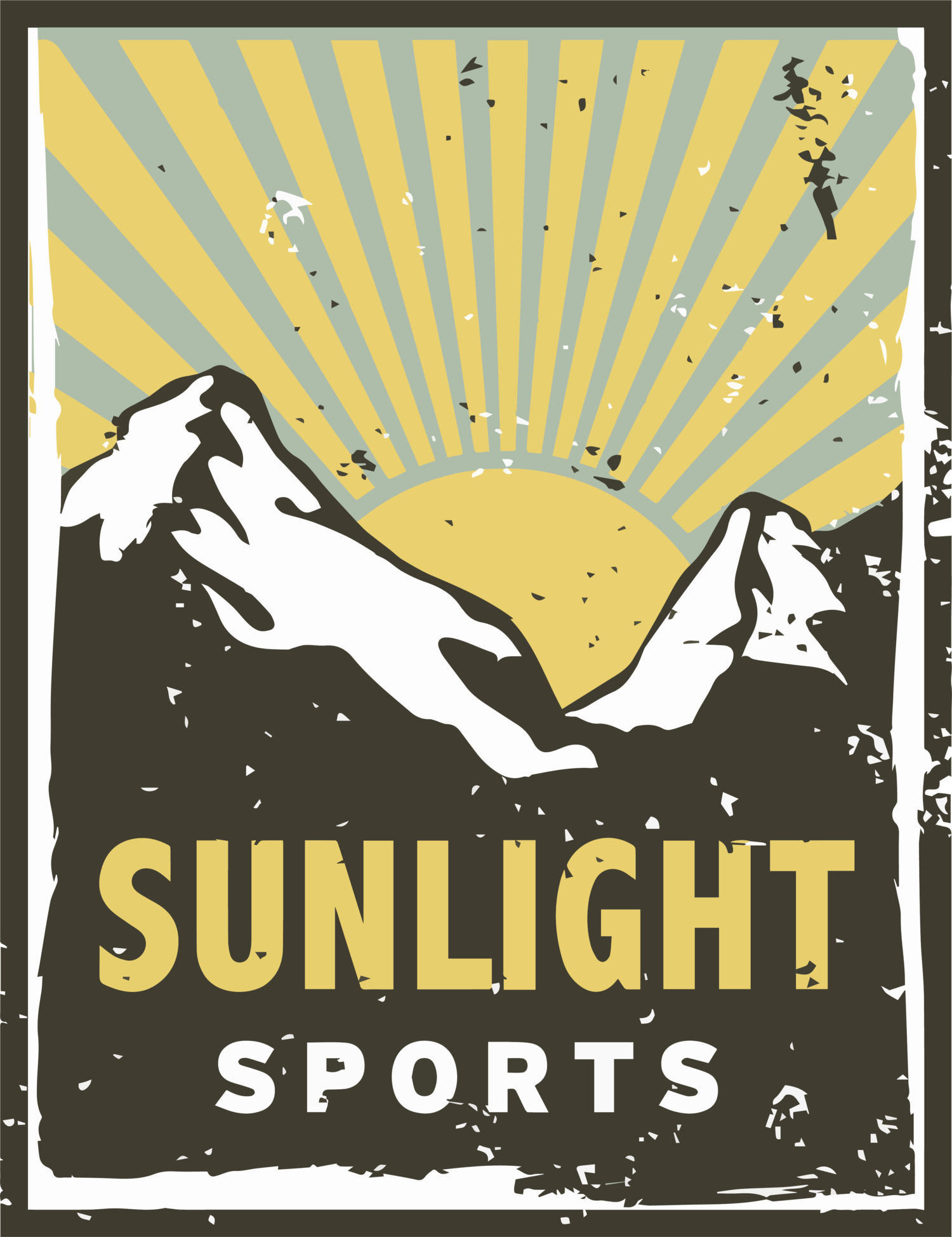Hiking and Winter Camping at Yellowstone Lake
Summary: Even when snow is scarce in Cody, Yellowstone’s East Entrance Road transforms into a snowy dreamland in winter. Travel through Sylvan Pass on foot like the old days when pack trains passed carefully between the avalanche-prone slopes. Or consider a walk-in winter camping trip to the shore of Yellowstone Lake. For locals used to seeing the lake in summer, the vast, icy-white version is a magical sight.
Intro: In winter, when Yellowstone’s East Entrance Road is closed to vehicles, foot travelers and nordic skiers have the precious opportunity to enjoy the snow packed road as a quiet winter trail. From Pahaska, it’s eight miles one-way to Sylvan Pass, twelve miles to the base of Avalanche Peak, and nineteen miles to frozen Yellowstone Lake. Nordic ski tracks are available on the south side of the groomed road for at least the first four miles, and hikers, runners, and snowshoers should use the north side. Two miles from Pahaska, visit the window at the YNP East Gate to pay the entrance fee or show your pass. From here, simply continue climbing up the quiet, snowy road as far as you desire before turning back toward Pahaska.
Skiing out of Pahaska with a pulk (sled)
By traveling the road on foot, enjoy subtle scenes that are missed on a quick summer drive. Beside the road, peaceful Middle Creek flows from its headwaters high on 10,245-foot Top Notch Peak all the way down to the North Fork of the Shoshone. The views become more spectacular the closer you get to Sylvan Pass, but be prepared for anything on the mile-long stretch through the pass itself. Sylvan often has its own weather system, and the pass can quickly transform into a white-out reminiscent of an arctic storm. But once off the pass, it’s enchanting to see local favorites like Avalanche Peak and Sylvan Lake in their winter coats.
A great winter camping spot is located on Lake Butte, with its fabulous view of Yellowstone Lake. In the evening, watch the mountains across the lake deepen into cascading layers of blue. Sleep peacefully in the park while the grizzlies are hibernating, and in the morning, wake up to a pristine, white world. Fire up your camping stove and make your favorite hot drink as the surrounding white peaks turn pink and orange with the sunrise.
What Makes It Great: Yellowstone National Park issues backcountry camping permits all winter long, but few people take advantage of the permits available on the east side of the park. Unlike the more popular over-snow routes near Mammoth and Old Faithful that see traffic year round, the eastern boundary is a quiet place in the winter. Campers in the “East/Sylvan” section of Yellowstone’s Winter Backcountry Zone are not restricted to a designated campsite. Instead, winter campers are free to choose any interesting spot along the East Entrance Road, as long as it’s on top of the snow, away from thermal features, and a quarter mile from the road.
The Sylvan Pass road in winter.
Who is Going to Love It: Adventurous locals who want to try winter camping can enjoy Yellowstone when the park is most quiet. In winter, it’s possible to walk, run, or ski all the way from Pahaska to Yellowstone Lake without seeing another human being. Towing a pulk (sled) is an efficient way to haul your camping gear on a winter trek into the park. For shorter day trips, foot travelers are rewarded with stunning mountain views on the challenging climb to Sylvan Pass. By getting the climb out of the way in the morning, it’s a fun downhill cruise back to Pahaska.
Yellowstone Lake on a winter afternoon
Directions, Parking & Regulations: From Cody, take the North Fork Highway (WY-14) for 51 miles to Pahaska Teepee. Park in the groomed parking area near Buffalo Bill’s old lodge and proceed west on foot on the snow packed highway. Sometimes Sylvan Pass is temporarily closed due to avalanche danger or during avalanche mitigation, so call ahead to the East Gate to verify that the pass is open to foot traffic. Water is available from three different springs that flow beside the road east of Sylvan Pass. West of the pass, finding fresh water near the road is challenging, so it’s best to melt snow for drinking water. If camping overnight, reserve a backcountry permit through the YNP website and follow the specific rules for winter backcountry use in the Sylvan/East section of the park.
Difficulty: 4
Time to Complete: 2 - 4 days
Distance: 19 miles one way from Pahaska to Yellowstone Lake
Seasonality: Winter (December to March)
Fees/Permit: Entrance fee for YNP ($20 on foot); Winter backcountry permit for overnight stays
Dog Friendly: No
Destination Highlights: Winter solitude; Choice of camping spots




